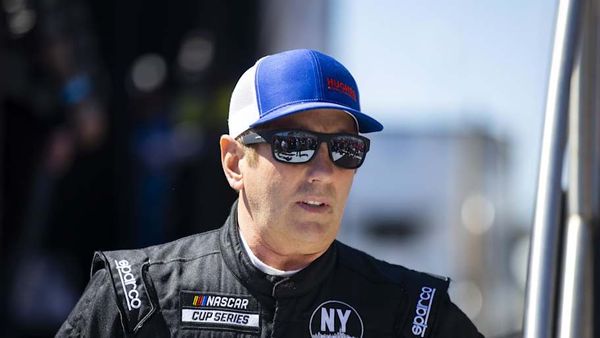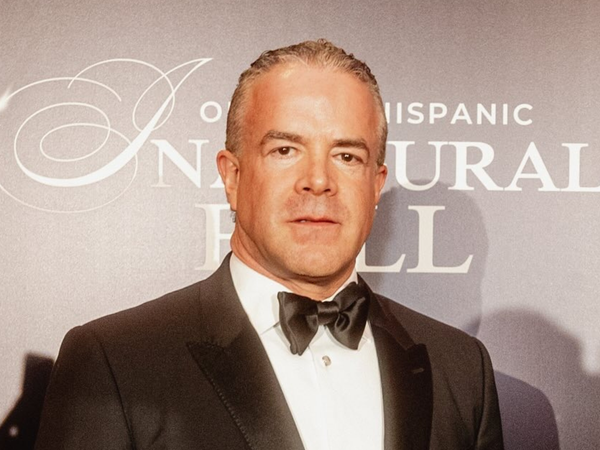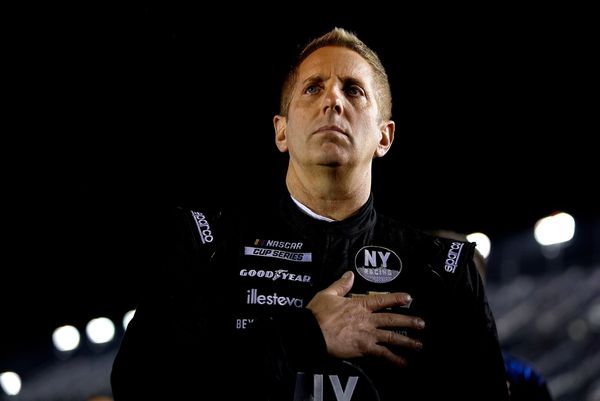
A number of underused train stations could be set to join the London Overground network as part of the newly proposed West London Orbital line.
Transport for London (TfL) is currently trying to implement plans to launch a new Overground service that will run from north to west London, improving access for commuters in the area.
The ‘West London Orbital’ (WLO) scheme would include a new rail route through the capital’s western suburbs, running from Hounslow towards Hendon, as well as the construction of four new stations at Old Oak Common Lane, Neasden, Harlesden and Lionel Road.
The final route has not yet been confirmed, but a strategic report into the project indicates the line could stop at up to 21 stations and would allow for a travel time of 37 minutes from end to end.
Relying on existing train lines, it’s been reported that the route may make use of the Dudding Hill line, which is currently only used for freight.
People behind the plan are now working on securing funding in order to move ahead. But here’s everything we know about the proposed line so far:
What is the proposed route?
If the plan goes ahead, the line is proposed to start in Hounslow before following the existing South Western Railway route through Isleworth, Syon Lane and Brentford.
A new station could be created at Lionel Road, near Gunnersbury Park, with services proposed to run from the nearby Kew Bridge on a short separate branch.
The route would link up with the existing Overground network at South Acton, moving northwards to Acton Central and on to the new HS2 station at Old Oak Common.
From there, the service would stop at Harlesden and Neasden, before potentially splitting in different directions - with one branch to Hendon via Brent Cross, and the other to West Hampstead via Cricklewood.
The project would use an existing route known as the Dudding Hill line, which is currently used to carry freight and has no scheduled passenger services. New stations would be created on the Dudding Hill line, as well as more platforms at existing stations along the route.
When would the proposed train line launch?
TfL hopes to see the new line in action by the early 2030s. All being well, design work is expected to be completed by next summer, and work on the new line could commence in 2028.
In November, London Mayor Sadiq Khan said that “the current stage of development is now nearing completion, including confirmation of the costs of the scheme.”
He added: “This work has confirmed there are feasible solutions for all elements of the project. The partners are now looking at progressing to the next phase of design, subject to availability of funding.”
However, he said that while he was lobbying the government for funding, it was “not definite” that it would ever be built.
An update from TfL also reads: “We're working closely with the West London Alliance, our West London borough partners and Network Rail to develop the case for the scheme, progress the engineering design, refine the timetable and identify funding opportunities.”
What still needs to happen?
The project would require hundreds of millions of pounds to launch, so TfL will need to secure the necessary funding if it wants to move into the next design phase.
Funding would be from the government, local sources, TfL and the Greater London Authority. Aside from funding, TfL also added that public consultations would need to take place before any major decisions are made.
According to Mr Khan: “There are limited opportunities for private investors given the nature of this project. However, I expect contributions from commercial developments that would benefit from the project to be secured to assist with funding its delivery.”
How much would the new line cost?
In 2021, TfL estimated the total costs would be somewhere between £430m and £610m.
Why is the new route being considered?
TfL says that the new route would “improve public transport services to and between major trip destinations in west and northwest London” as well as amplifying economic growth in these region.
According to Mr Khan, the new line would “enable more homes, more jobs and growth”. Up to 15,800 new homes could be built along the route.”
Mr Khan added: “The WLO would connect underprivileged areas like Harlesden and Neasden to key employment areas, encouraging mode shift from private cars resulting in carbon and air quality benefits, and reducing crowding on radial corridors by avoiding the need for travel via central London.”







